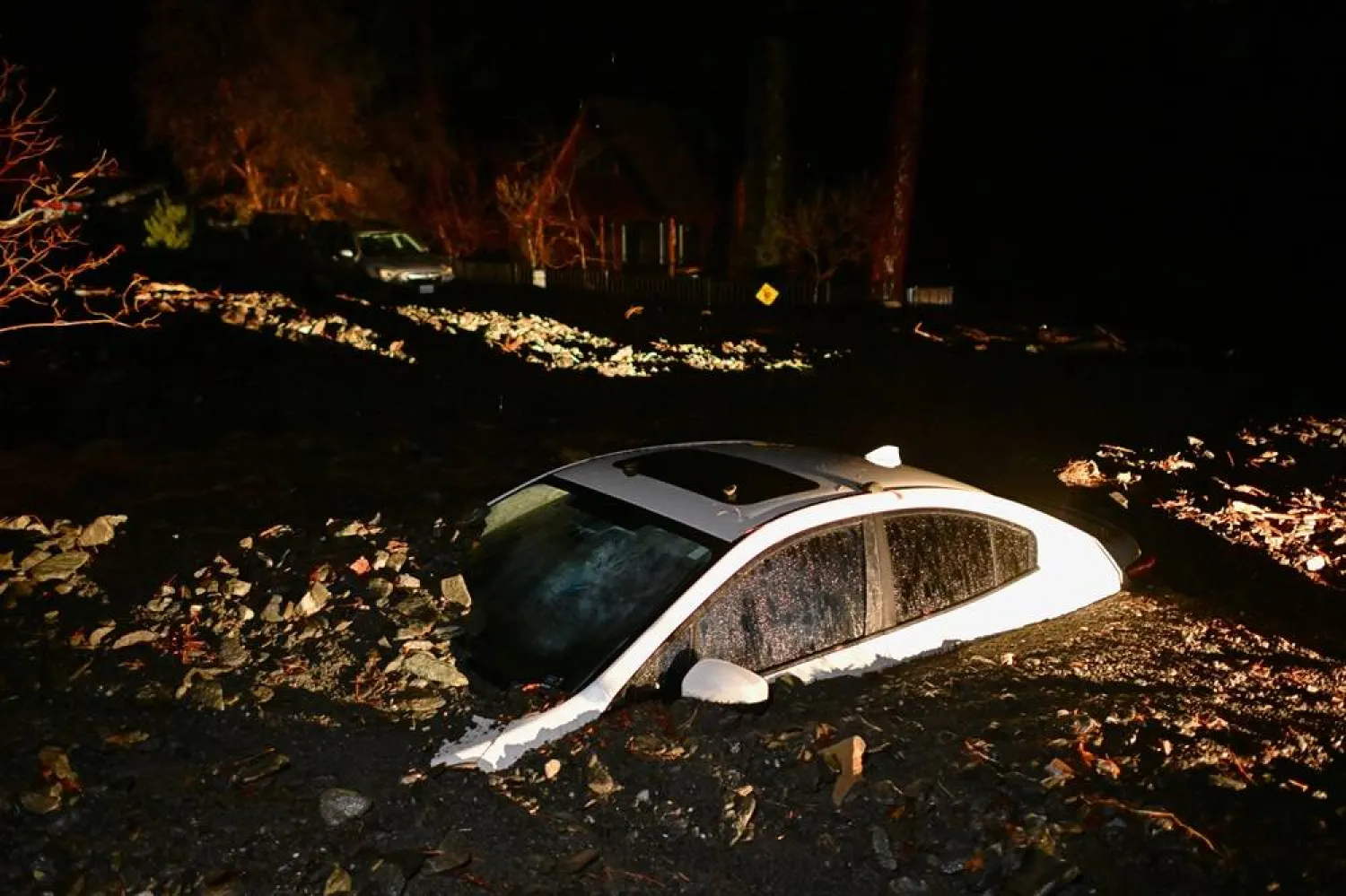Kate, the Princess of Wales, had the best seat in the house Tuesday on Centre Court at Wimbledon — in the front row of the Royal Box and right next to Roger Federer.
The future queen, wearing a mint green blazer, made her way down to her seat only moments before Federer was feted ahead of the opening match on Day 2 of the grass-court tournament.
Federer, an eight-time champion at the All England Club, sat between the princess and his wife, Mirka.
The first match on a wet second day of Wimbledon — with the retractable roof closed — featured Elena Rybakina against American opponent Shelby Rogers. As is tradition at the most traditional of all tennis tournaments, Rybakina opened play on Tuesday as the defending women's champion.
Kate has been somewhat of a regular visitor to Wimbledon since marrying Prince William, even attending in the past with sister-in-law Meghan Markle. The late Queen Elizabeth II, William's grandmother, made only a handful of trips to the All England Club during her 70-year reign. Her last appearance in the Royal Box was in 2010.
King Charles III has taken his seat in the Royal Box at times but not since taking over as monarch from his mother. Elizabeth died last September and Charles had his coronation in May.
Rybakina won that opening match 4-6, 6-1, 6-2, and two-time Wimbledon champion Andy Murray was up next against Ryan Peniston. In 2013, Murray won the first of his two Wimbledon titles, ending a 77-year wait for a British men's champion at the All England Club.
His second Wimbledon title came in 2016, and he also won the Olympic gold medal at the 2012 London Games on the same Centre Court grass — beating Federer in the final.
Federer, who turns 42 on Aug. 8, announced his retirement from tennis at the end of last year following a series of knee operations.
Besides Princess Kate and the Federers, Nazanin Zaghari-Ratcliffe was also in the Royal Box — sitting behind the trio.
Zaghari-Ratcliffe is a British-Iranian charity worker who was detained in Tehran for almost six years. She was freed last year.









